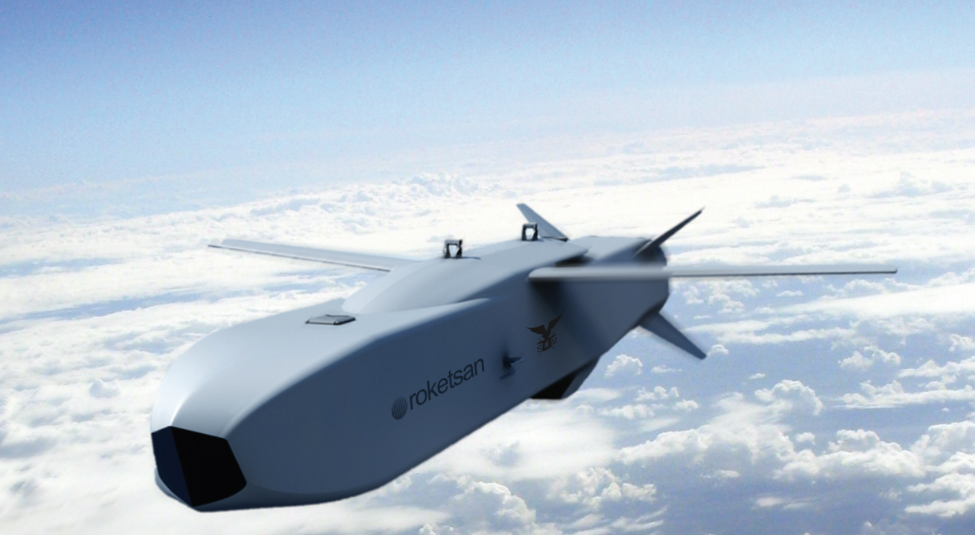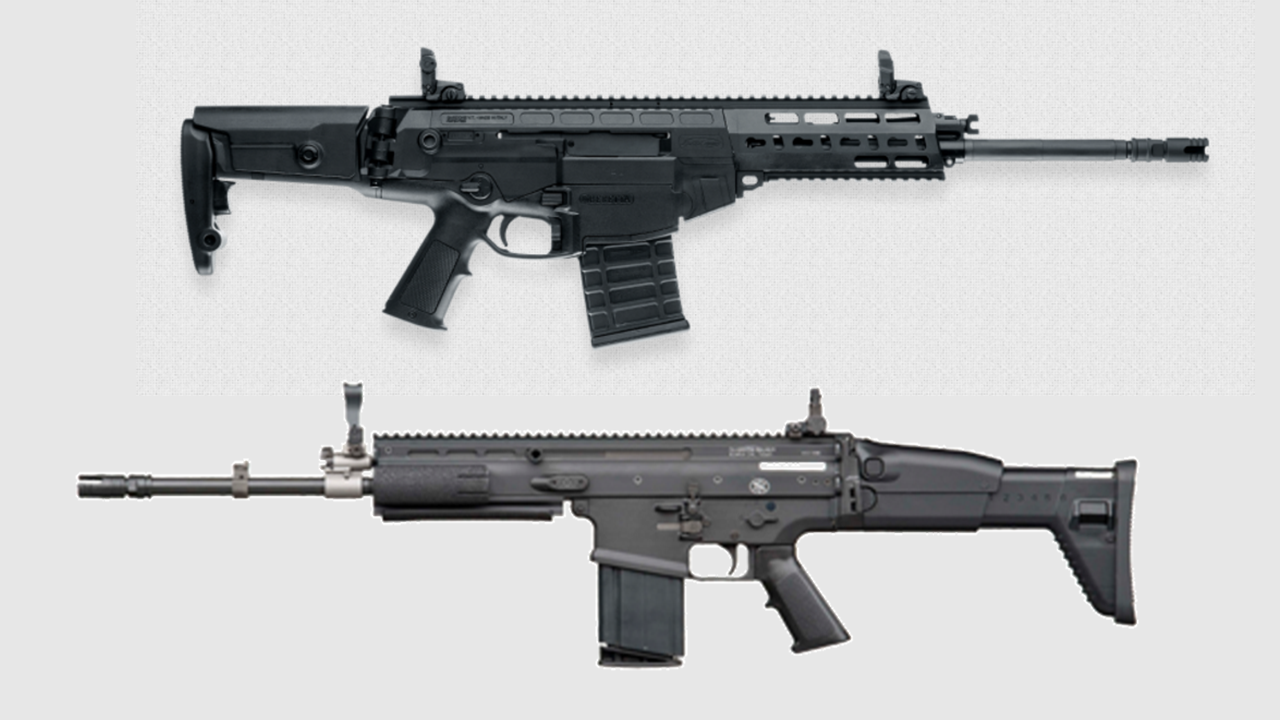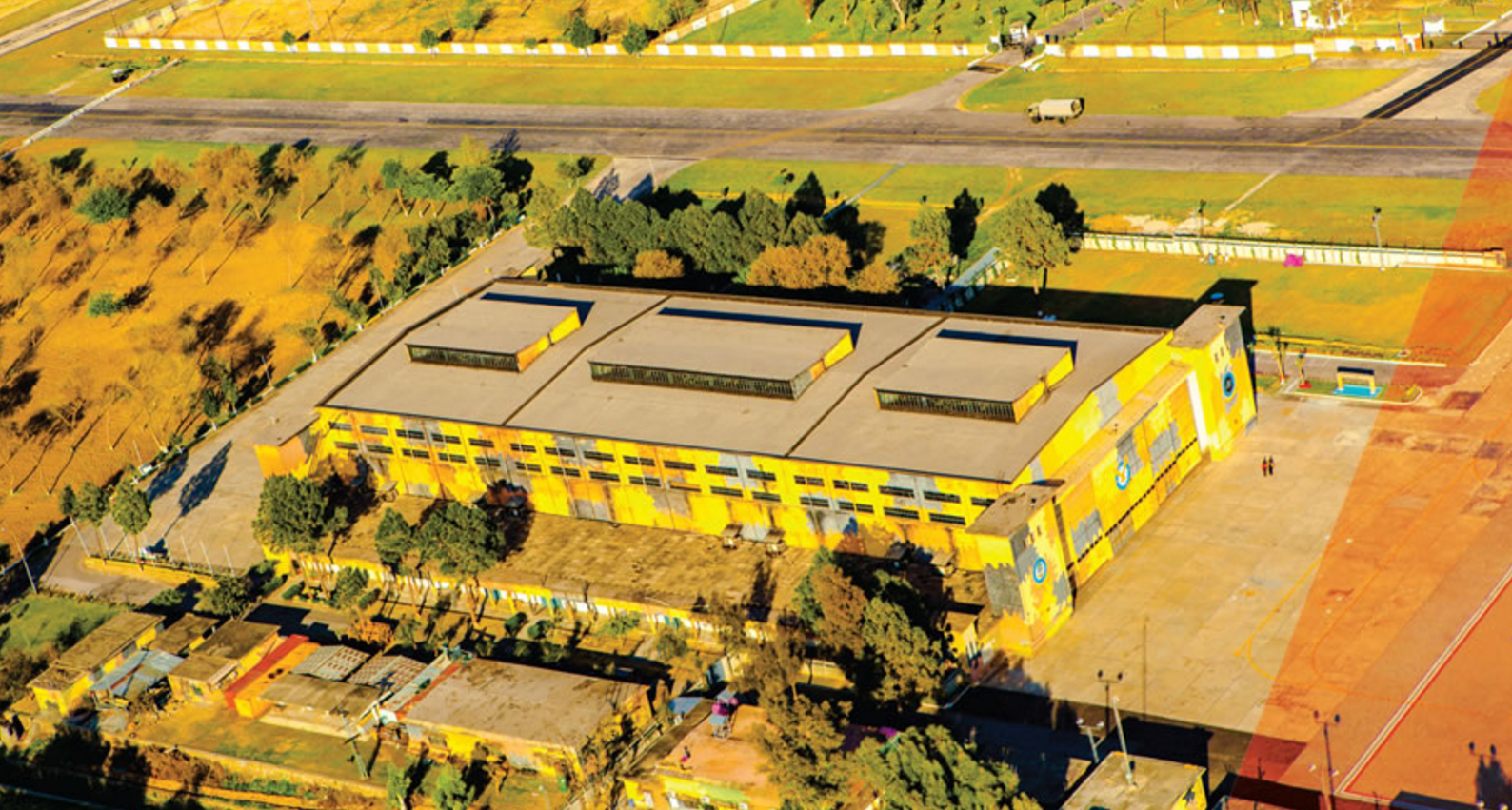3015Views 4Comments

The Turkish Strike Arsenal
The Turkish defence industry has made solid gains in the area of precision-guided air-to-surface weaponry. From laser-guided rockets all the way up to stand-off range cruise missiles – including one designed for the internal bay of a stealth platform – Turkey’s Roketsan and TUBITAK SAGE are leading the way in both safeguarding Ankara’s long-term security requirements, and in carving potential avenues for commercial gain. With their solutions entering service, it would be a good idea to offer an overview of these weapons.
Turkey’s quest to indigenize its armament supply base accelerated tremendously around 2004-2005. From recollection, that was around the time that landmark programs such as the MILGEM corvette had begun to take tangible form, and when countless other initiatives entered the development pipeline. Some have come to fruition recently, such as the Otokar Altay main battle tank and Turkish Aerospace Industries (TAI) Hurkus trainer, and others are in the midst of filling the Turkish Air Force’s inventory of munitions.
The range at Turkey’s disposal is vast: laser-guided and INS/GPS-guided bomb kits, laser-guided rockets, very lightweight precision-guided munitions for drones, laser-guided missiles, an advanced targeting pod to provide guidance support, and even a stand-off range air-launched cruise missile (ALCM) platform that is actively being adapted for multiple mission requirements. There are not many countries that possess a comprehensive line-up, much fewer who can actually source that depth domestically.
The Roketsan CİRİT, a 2.75” laser-guided rocket, was among the first to leave the company’s labs. Termed as an affordable multi-purpose weapon, the CİRİT can be launched from a number of different platforms; helicopters, unmanned aerial vehicles (UAV), close air support (CAS) aircraft, and even surface platforms such as land-based vehicles and naval platforms. The CİRİT has already made its way to Turkey’s AH-1W Cobra attack helicopters, but it is also being integrated onto the IOMAX Archangel CAS aircraft.
The Roketsan UMTAS (also known as Mizrak) is a guided anti-tank missile (ATGM). It is quite similar in scope and objectives to the AGM-114 Hellfire II, a staple ATGM in the U.S. and many other countries. The UMTAS weighs 37.5kg and is capable of reaching 8000 metres. Like the CİRİT, it can be launched from a wide range of platforms; fixed-wing combat aircraft, attack helicopters, UAVs, etc. There are two variants: laser (akin to the CİRİT), and imaging infrared (IIR) – the latter offers fire-and-forget functionality.
The Roketsan Teber is a laser-guided bomb (LGB) kit for 125kg Mk-81 and 250kg Mk-82 general purpose bombs (GPB). It is basically Turkey’s equivalent to the popular Paveway series of LGBs. As per Roketsan, the Teber has an accuracy of less than 3 metes CEP (short for circular error probable). It is worth noting that the Teber is not purely a LGB-kit. The guidance kit can also include INS and GPS/INS, which in turn enable the Teber for precision-guided attacks against fixed targets. There are no range-extension kits, but given that the Teber does include an INS/GPS option, it may not be long before we see Roketsan at least consider the possibility. The Denel Dynamics al-Tariq/Umbani has already done it. The user will draw the most utility from INS/GPS with the benefit of stand-off range (e.g. 60km+) engagement.
On the heavier side of things, TUBITAK SAGE is offering its Precision Guidance Kit (HGK) for 1000kg Mk-84 GPBs. Utilizing INS and INS/GPS, the HGK is a solid option for well fortified ground targets, such as bunkers and hardened aircraft shelters. There is also a Range Extension Kit (KGK) for 250kg Mk-82 and 500kg Mk-83 GPBs. The KGK is a stand-off range weapon with a maximum of 100km.
Arguably the crown jewel of Turkey’s munitions inventory, the Stand-off Missile (SOM) is an advanced air-launched cruise missile (ALCM) with a range of up to 300km. Designed as a multi-purpose weapon (that can be adapted for use on land and sea targets), the SOM uses a low-detectability design, and is powered by a micro turbojet engine. The SOM was jointly developed by TUBITAK SAGE and Roketsan. Although the export variant will abide by Missile Technology Control Regime (MTCR) limitations (i.e. of 300km), there are longer-range versions in development, these are intended for Turkey’s own use. A more compact SOM is also under development for the F-35 – it will be sized for internal weapons bays.
In December, Roketsan also began testing its Smart Micro Munition (SMM). Derived from the UMTAS, the SMM (or MAM – Mini Akilli Mühimmat) is designed for use on lightweight platforms such as UAVs.
Alongside its arsenal of guided munitions, the Turkish defence industry is also producing quality electro-optical and infrared (EO/IR) sensor equipment. In the case of laser-guided munitions, EO/IR systems such as the ASELPOD advanced targeting pod are essential. Specific information (e.g. range) is scarce, but the ASELPOD seems to be an industry standard solution. Paired with the Roketsan Teber, the ASELPOD would make for an effective solution for any modern multi-role fighter user.
As noted above, the Turkish defence industry has managed to produce the full gamut of air-to-surface munitions necessary for most modern militaries. This will greatly benefit the Turkish Air Force, which by virtue of its size and geo-strategic imperatives will need the support. However, this inventory also sets up Roketsan and TUBITAK SAGE for overseas success, albeit under the right conditions.
It will be difficult for them to grab space on leading Western platforms such as the F-16 (et. al), Rafale, Typhoon and Gripen. Yes, a financially strong user (e.g. the United Arab Emirates and Saudi Arabia) could foot the integration costs, but most will likely end up using the weapons on offer by the vendors those platforms (e.g. Rafale and Typhoon will largely draw from MBDA).
On the other hand, the Turkish defence industry could be a boon for users of Eastern platforms, or even users of Western platforms that are looking to become more independent or diverse in their dealings. Of course, the likes of Roketsan/TUBITAK SAGE will see competition from Israel’s Rafael and South Africa’s Denel Dynamics, but nonetheless, Turkey is a strong contender.



4 Comments
by Bilal Khan - Quwa
Moderation rules are now in effect. *All* off-topic posts, insults, etc, will *not* be approved. Ensure that your comments are (1) constructive, (2) professional, and (3) on-topic. Threads will automatically be closed after 48 hours of posting.
by Shershahsuri
Is there any naval strike missile like Norwegian NSM being manufactured in Turkey?
by Bilal Khan - Quwa
Yes – the SOM-J. It is a compact shorter range version of the SOM designed to be carried in the internal bay of the F-35 and potentially TFX. It could be a nice option for the FC-31, especially if tipped with an anti-radiation seeker. It’d be a neat SEAD weapon.
by Abdul Rashid
Hi Mr. Sheoran, welcome to Quwa.
There was an article on Quwa on May 3, 2016. I can quote the answer to your question from there:
“There was news a while back of the PAF expressing its interest in the Thales Damocles targeting pod, and given the headway India is apparently making in terms of buying Rafales from Dassault, that pod is probably not going to be a reality for the PAF. But who cares? The PAF can keep exploring its options, such as the Aselsan ASELPOD, or a new Chinese targeting pod, and so on”.
See more at: http://quwa.org/2016/05/03/aselsan-provide-ewecm-gear-jf-17/#sthash.6Be3zhgU.dpuf